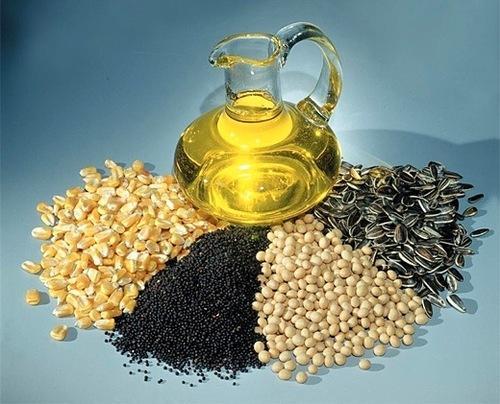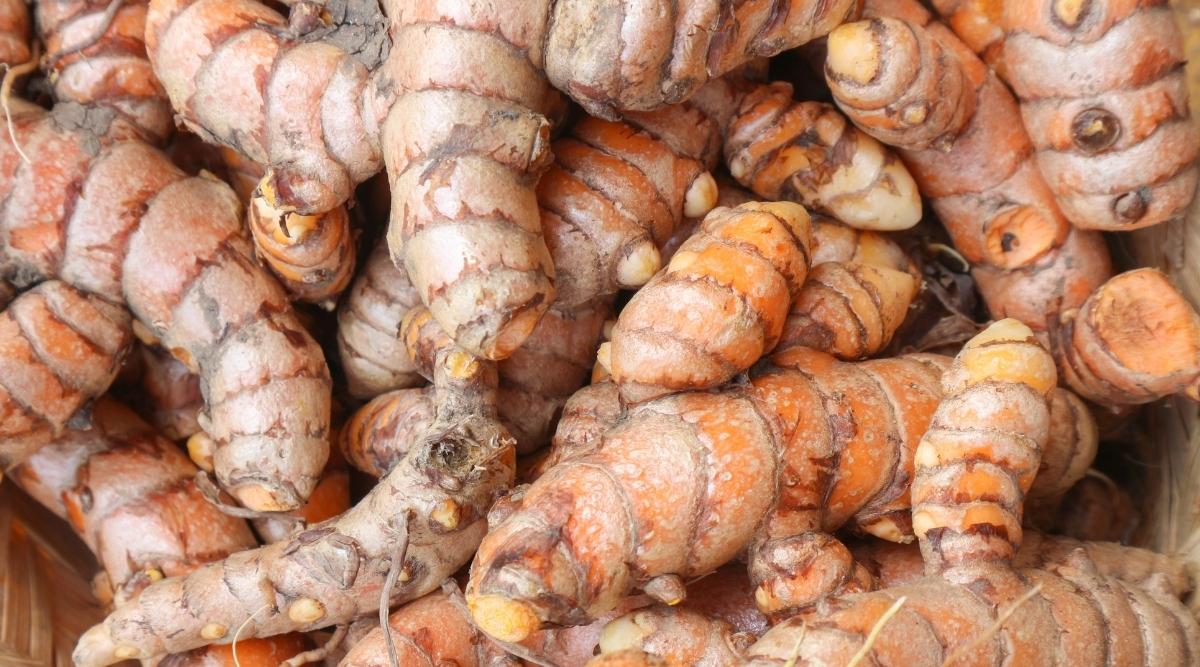Jeera futures are rising, rising over 8.50% in the previous four sessions to settle at 57650, driven by fresh buying amid limited supply at the physical market and anticipation of the next new harvest, which is still five months away. While stockists profit from recent price declines, concerns remain on the slow exports, with seasonal patterns pointing to a continued downturn. Due to unfavourable weather in major jeera-producing areas, prices have risen dramatically this year despite plans to double cultivation.
In-country demand is anticipated to increase throughout the Indian holiday season, adding to the support. The characteristics of supply and demand are challenging for the jeera market to navigate. Unpredictable weather patterns have hampered farming, resulting in a stock decline relative to estimates. The forthcoming Indian holiday season may put additional strain on supplies as local demand rises.
The possibility for excessive price rises is constrained by the situation of muted exports, which presents a difficulty. The tenuous equilibrium depends on a number of variables, including the forthcoming sowing circumstances, geopolitical negotiations regarding cumin exports, and the perseverance of important importers like Bangladesh and Pakistan.
Considering that there are indications of adequate stocks but slow deliveries, China’s involvement in cumin exports adds another level of concern. Between prospective demand peaks and the danger of an oversupply, the world market for cumin is precariously balanced. High-quality cumin prices are predicted to remain over $125 per bag, with the possibility of reaching $145 by the end of the year, subject to market swings, as the Indian cumin market interacts with foreign players, particularly in Singapore.

